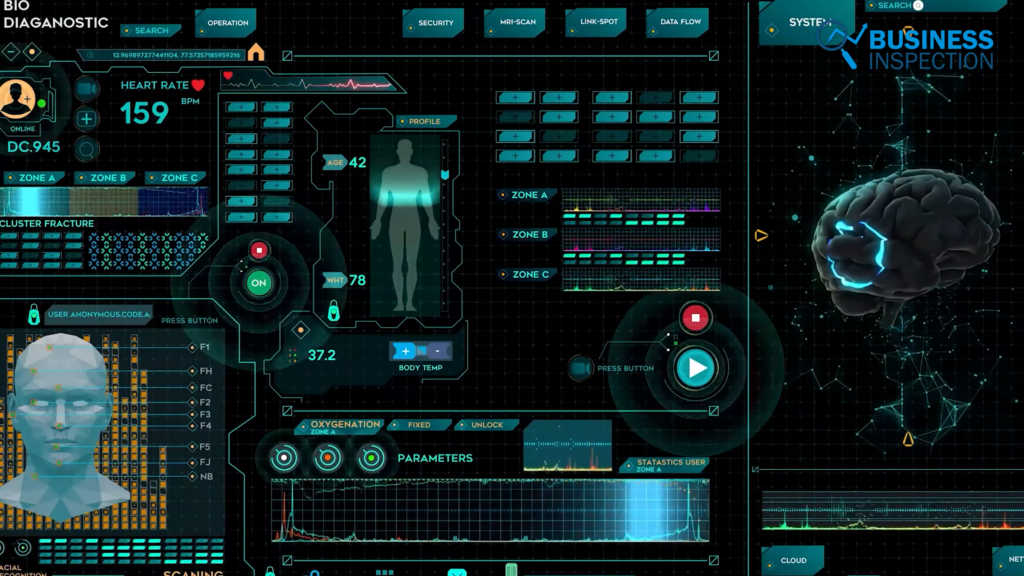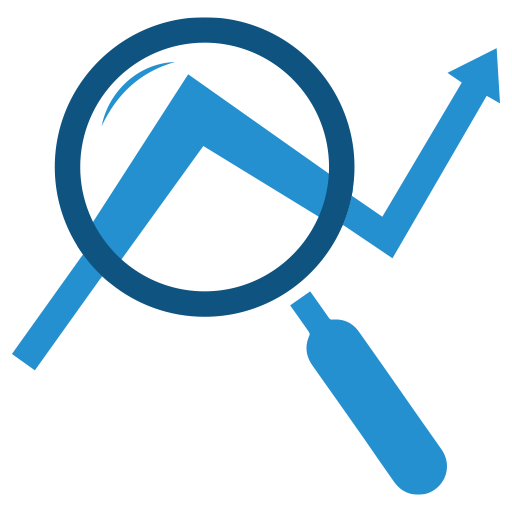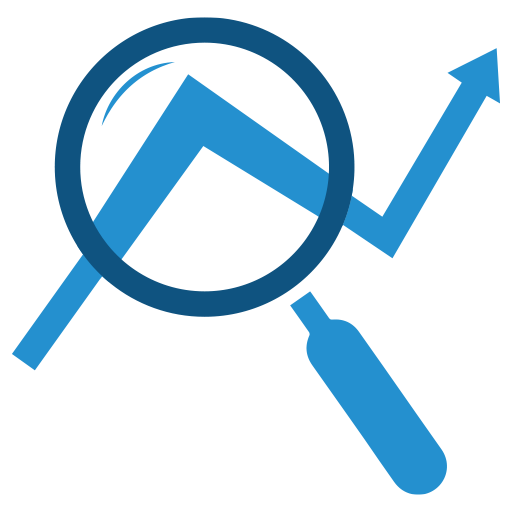Artificial Intelligence (AI) has transitioned from being a futuristic concept to a central force shaping our present and future. With its market size expected to reach an astounding $184 billion by 2024, AI is not only transforming industries but also fundamentally altering our cities and lifestyles. As we move forward, the integration of AI into urban life, especially within megacities, is becoming inevitable. In this blog, we’ll explore how the AI revolution and the rise of megacities are shaping the economy of tomorrow, bringing both opportunities and challenges.
The Dawn of a New Era: Embracing the Fourth Industrial Revolution
As we face a rapidly changing world, the question arises: How do we create stronger, more inclusive economies while building a sustainable future for everyone? The answer lies in embracing what is known as the Fourth Industrial Revolution. Unlike previous revolutions that focused on manufacturing and heavy industry, this revolution is driven by a convergence of advanced technologies like AI, robotics, big data, and genetics. These technologies are not just transforming industries; they are redefining the very nature of work, life, and human interaction.
Transition to AI-Driven Change
The Fourth Industrial Revolution is fundamentally different from those that came before. While past revolutions focused on enhancing physical labor and manufacturing, this one is revolutionizing cognitive tasks—jobs and functions that were previously considered uniquely human. As we dive deeper into this transformation, it’s clear that AI is at the heart of these changes, and its impact is only beginning to be felt.
AI: The Engine of the Future Economy
AI is rapidly taking over tasks that require cognitive abilities, often performing with a precision that rivals or even surpasses human capabilities. One of the most visible impacts of AI is in the realm of transportation, where autonomous vehicles are set to revolutionize how we travel. Self-driving cars, for instance, are poised to make transportation not only safer but also more accessible, particularly for older individuals who rely on others for mobility.

Beyond transportation, AI’s influence extends into areas like big data, where it is transforming the pharmaceutical industry. By analyzing vast amounts of data, AI accelerates the drug discovery process, leading to faster development of new medicines and potentially saving billions of dollars annually. AI’s ability to sift through data and identify patterns that humans might miss is already proving invaluable in areas like healthcare, where it helps in diagnosing rare diseases and tailoring treatments to individual patients.
The Double-Edged Sword
While AI brings incredible benefits, it also has a significant downside—job displacement. As AI takes over routine tasks, millions of workers may find themselves out of work, particularly in sectors where automation is easiest to implement. To remain competitive in this new economy, workers will need to adapt by acquiring new skills that align with emerging job opportunities.
The Impact of AI on Employment
The rise of AI presents one of the most pressing challenges of our time: the potential for massive job displacement. As AI continues to automate tasks, many jobs that involve routine, repetitive work are at risk. For example, the advent of self-driving trucks could dramatically reduce the need for human truck drivers, potentially displacing 3.5 million workers in the U.S. alone.
This shift is not limited to blue-collar jobs; white-collar positions that involve routine knowledge work are also vulnerable. Algorithms are increasingly capable of performing tasks such as data analysis, report generation, and even basic decision-making, which puts many traditionally secure jobs at risk. While past industrial revolutions eventually led to the creation of new types of jobs, the transition was not without hardship, and there is no guarantee that history will repeat itself in exactly the same way.
Adapting to a New Reality:
The transition to a more AI-driven economy could be turbulent. If new job opportunities do not emerge quickly enough to replace those lost to automation, the consequences could be severe, including widespread unemployment, economic downturns, and increased social inequality.
AI’s Role in Healthcare By Transforming Medicine and Enhancing Lives
AI’s transformative potential is perhaps most evident in the field of healthcare, where it is already making significant strides. Companies like IBM’s Watson are leading the way by using AI to analyze vast amounts of medical data, helping doctors diagnose diseases and develop treatment plans with greater accuracy. For instance, Watson’s ability to analyze images and identify skin cancer with up to 95% accuracy is a game-changer in the early detection and treatment of this deadly disease.
Beyond diagnostics, AI is also being used to sift through large datasets to find patterns and correlations that can lead to new medical breakthroughs. This capability is particularly valuable in drug discovery, where AI can identify potential treatments much faster than traditional methods. By augmenting human expertise with AI-driven insights, the healthcare industry is poised to deliver better outcomes for patients and potentially lower the overall cost of care.
Human and Machine Collaboration:
The future of healthcare is likely to involve close collaboration between AI systems and human professionals. While AI can handle large volumes of data and perform complex analyses, human doctors will still be needed to interpret these results and make nuanced decisions based on their clinical experience. Together, AI and human professionals can provide more accurate diagnoses and more effective treatments, ultimately improving patient outcomes.
The Urban Future: Megacities as Economic Powerhouses
We are living in the age of the city, with more people now residing in urban areas than in rural ones. This shift has given rise to megacities—vast urban areas that are becoming the economic powerhouses of the future. Cities like Lagos in Nigeria and Rio de Janeiro in Brazil are not only growing rapidly but are also contributing significantly to the global economy. In fact, 301 cities are responsible for 50% of the world’s GDP, a figure that is expected to rise to 66% by 2025.

However, the rapid growth of these cities also brings significant challenges. Urbanization can lead to overcrowded streets, strained infrastructure, and increased inequality. In many developing regions, unplanned urban growth has resulted in the proliferation of slums, where basic services like clean water and electricity are often lacking. Despite these challenges, cities remain centers of opportunity, drawing people in search of better jobs, education, and a higher quality of life.
The Dual Nature of Cities
While megacities hold immense potential as engines of economic growth, they also face the risk of becoming victims of their own success. Unplanned growth can lead to environmental degradation, social unrest, and a decline in the quality of life for residents. To ensure that megacities fulfill their promise, it is essential to address these challenges head-on through better planning, governance, and investment in sustainable infrastructure.
The Gender Gap: Unlocking the Full Potential of the Economy
As we look towards the future, it’s crucial to recognize the role of women in shaping the economy. Despite making up half the global population, women remain underrepresented in leadership roles across various sectors. Closing the gender gap is not just a matter of social justice; it’s also an economic imperative. Research shows that companies with diverse workforces are more likely to succeed, and closing the gender gap could add an astounding $26 trillion to the global economy by 2025.
Yet, despite the potential benefits, progress towards gender equality remains slow. Women continue to face barriers to advancement, from the glass ceiling in corporate environments to the disproportionate burden of unpaid caregiving responsibilities. In many regions, societal norms and outdated policies still prevent women from reaching their full potential, limiting their contributions to the economy.
To unlock the full potential of the economy of tomorrow, it is essential to dismantle the structural barriers that prevent women from advancing in their careers. This includes promoting policies that support work-life balance, encouraging men to share caregiving responsibilities, and ensuring that women have equal opportunities to lead and innovate.
Wrapping Up
The economy of tomorrow will be defined by the interplay between AI, urbanization, and inclusivity. As we navigate this new landscape, it is essential to embrace innovation, promote inclusive economic policies, and invest in sustainable infrastructure. The challenges are immense, but so are the opportunities. By harnessing the power of AI and fostering the growth of megacities, we can create a future where technology enhances our lives and drives economic growth.







